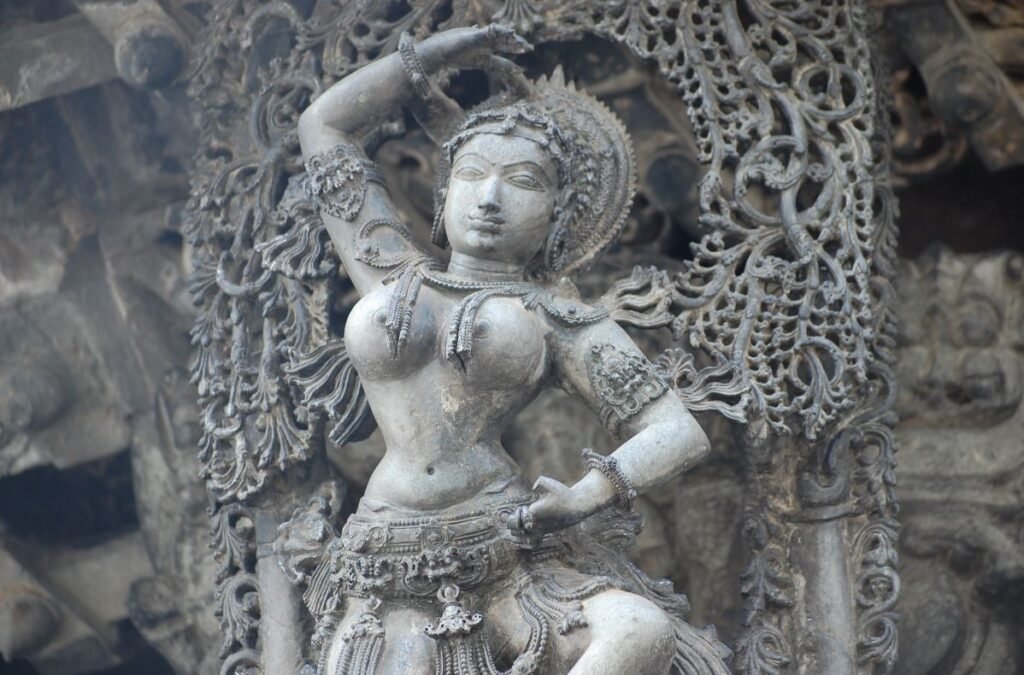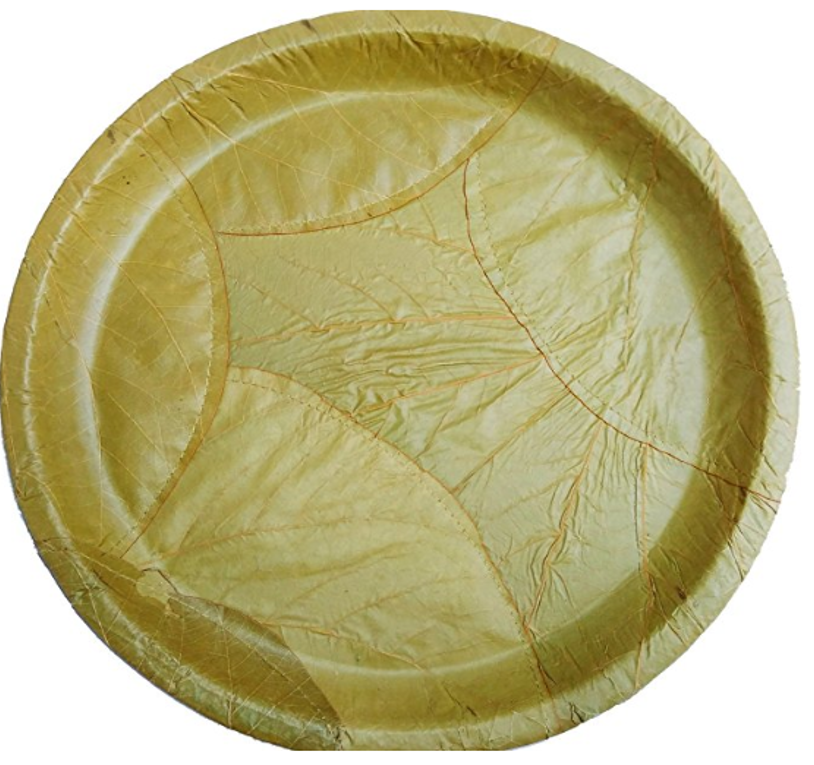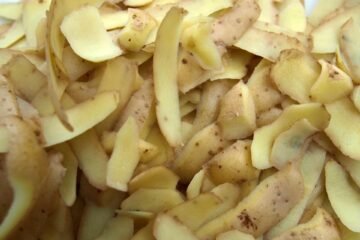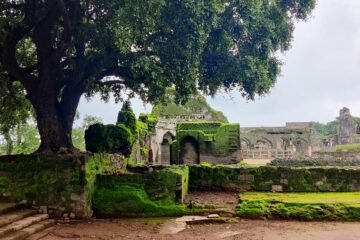The Sal tree is one of the quintessentially Indian trees that you will see in relatively wilder areas of the country. It is a tall tree towering over surrounding flora to reach out to the sun. The sun, in turn, rewards its loyalty by gently nourishing the tree and filtering through its large leaves bestows upon them a heavenly golden fluorescent glow.
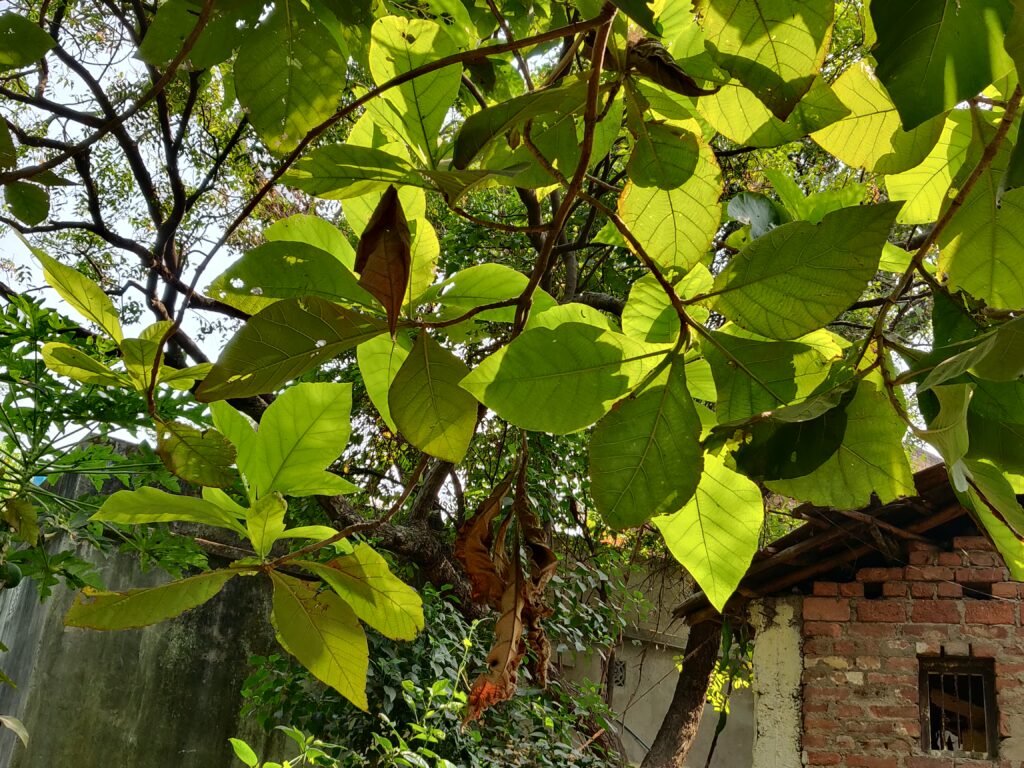
This close connection of the Sal tree to the heavens serves poetic justice, as this plays a big role in many of the major religions which have taken birth in the vast land of India. Economically also, it is the second-most important timber tree in India after teak. So important is the tree that it is the state tree of Jharkhand and Chattisgarh.
Spread of the Sal
Scientifically known as Shorea robusta, the Sal tree is found in subtropical and tropical regions. It is native to the Indian subcontinent and is widespread in India, found as east as Assam to Haryana’s Shivalik range. A little further down south, it spreads from Eastern Ghats to Western Vindhyan and Satpura ranges. In northern India, it is also known as Sakhua tree.

Botanically, it shows both evergreen and deciduous characteristics. In wetter areas, the Sal tree, or Sakhua tree, is evergreen, while in drier ones it becomes deciduous by shedding its leaves in early summer.
It is said that ‘Good things come to those who wait’. The tree of Sal is a natural testimony to these words. A slow-growing tree, it takes its time to develop. But ultimately, it yields a hefty trunk girth of 2-2.5 m and height of 30-35 m. Even its light-coloured leaves are large with a length of almost 0.5 to 1 feet and 0.5 feet width.
The Tree of Enlightenment
The sal tree is related to almost all major religions indigenous to India. In Hinduism, the sal tree is related to Lord Vishnu. In Ramayana, Lord Rama has to pierce seven Sal trees in a row in order to prove to the deposed monkey-king Sugriva, that he can kill his older half-brother Vali. In Hindu sculpture art, the decorative architectural element called salabhanjika features a sal tree maiden where a yakshi holds the branch of a flowering tree while standing upon its roots.
In Jainism, the tree of Sal holds huge importance as it is believed that the 24th Tirthankara, Mahavira, achieved enlightenment under a sal tree.
Even certain animist cultures worship the Sakhua tree as they believe that there is a Goddess of the sal tree. The goddess is called Sarna Burhi, or Woman of the Grove, as is associated with the well-being of water and plant life. She is worshipped by the Munda, Kurukh and Oraon tribes of West Bengal and Odisha.
In Buddhism, the Sal tree forms an entire circle of life in the life of Gautam Buddha. It is believed that queen Maya gave birth to Gautam Buddha while holding on to the branch of a Sal tree. And when Gautam Buddha was dying, he requested his disciple Ananda to prepare a bed for him between two sal trees, where he eventually passed away. The Sal tree is also where the fifth and twenty-fourth Buddhas before Gautam Buddha attained enlightenment. In fact, the brief flowering of the tree is a reminder of the impermanence and rapid passing of glory in the world.
Fuelling Local and Larger Economies
Not only in religion, but the Sal tree also holds great importance in both local and larger economies. The usage of Sal wood in house construction gives it its name Sal (“Shala” meaning abode in Sanskrit). In the regions it is located in, Sal wood is an important source of hardwood timber in India. The Sakhua wood is light-coloured when freshly cut, but turns dark brown upon subsequent exposure to air. The wood is considered highly suitable for constructing door and window frames, but not for planing and polishing.
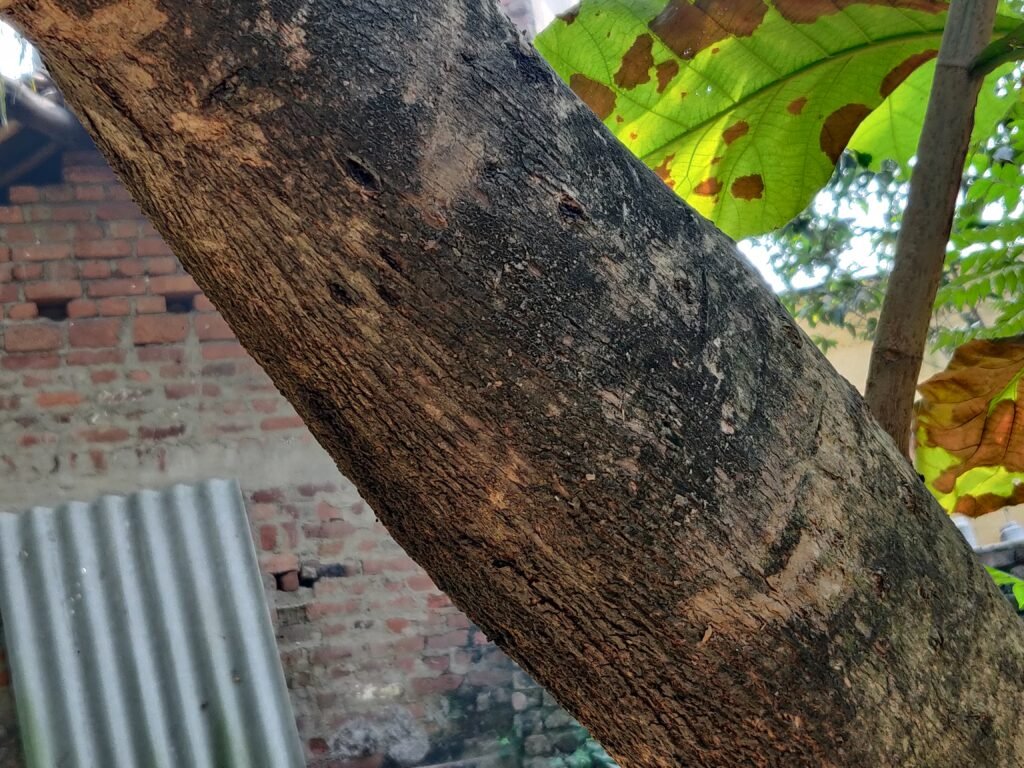
A major contribution of the Sal trees to local economies is the creation of leaf plates called patravali and dona. A number of tribals gather dry sal leaves from the forest and use their artistic skills to make leaf plates. These plates are not only ethnic and beautiful but also highly eco-friendly. They form a great alternative to plastics and thermocol and are eaten by goats and cattle after use.
The use of Sal wood is not limited to plates and hardwood. Parts of Sal tree are also used in various branches of medicines for curing a wide variety of ailments. Due to its analgesic and astringent properties, it is used to prevent diarrhoea, dysentery and manage swelling, joint pains and bleeding. In Ayurveda, a mixture of honey and Sal tree powder is used in managing menstrual problems. The resin of the sal tree helps in wound healing and alleviation of skin problems like excessive oiliness, itching, rashes etc. Its leaves are ground into a paste with honey to reduce marks and scars of the skin.
References
- en.wikipedia.com
- Ecological and anthropogenic niches of sal (Shorea robusta Gaertn. f.) forest and prospects for multiple-product forest management – a review, Krishna H. Gautam, Nora N. Devoe, Forestry: An International Journal of Forest Research, Volume 79, Issue 1, January 2006, Pages 81–101
- Porteous, Alexander (2012-04-03). The Forest in Folklore and Mythology. Courier Corporation
